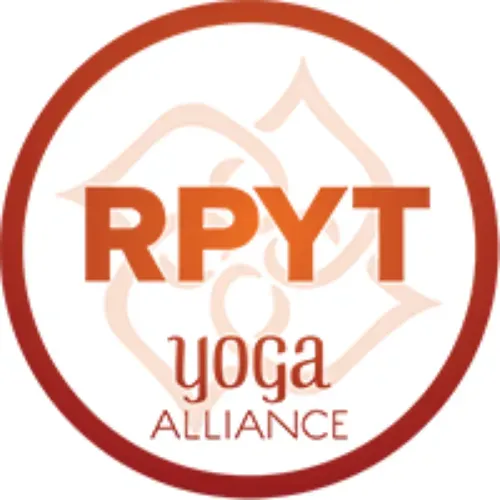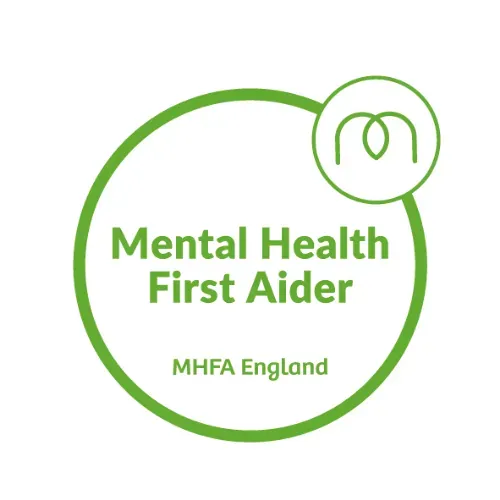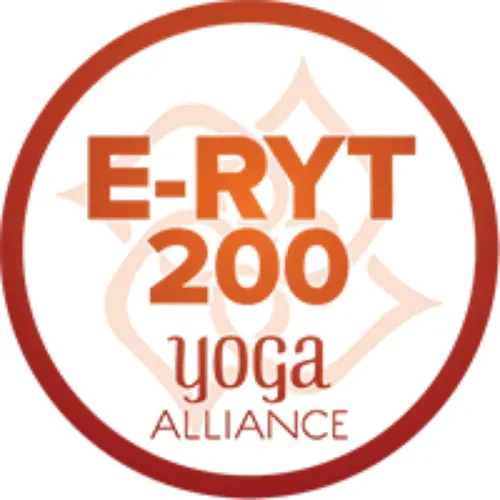
My Top 10 words to make you feel like an expert in your yoga class
During my yoga classes, or any for that matter (other yoga teachers are available 😜), you might hear some unusual sounding words. You might look around expecting to see other curious looks from your fellow yogis but no - they all seem to know what these magical, mystical-sounding words mean.
What is Sanskrit?
You may already know that yoga originated in India approximately 5000 years ago when the wise sages realised that we were all connected within the universe. Indeed, the word yoga is derived from the Sanskrit Yui which means to yoke or unite.
Some believe the poses were a means to expending some of the energy in the body in order for the ancient yogis to better concentrate or meditate on this wonder. Some of the poses even take the shape of animals, trees or mountains in order to gain a greater understanding by channeling that energy and live better, more peaceful lives.
The lessons were passed verbally from teacher to student in the form of repetitive, tuneful sounds, which we recognise now as chanting. The lessons were imparted in the tongue of the age, Sanskrit.
Sanskrit is no longer a commonly practiced language and I am in no way professing to be a scholar of Sanskrit, there are a great many words I can never expect to hear, let along pronounce.
Don’t get me wrong, there are yoga teachers who provide classes without uttering a single word of Sanskrit and that is totally fine. There are also some that do not want their poses described in a language that they don’t understand Each to their own, of course.
To me, it is important to recognise poses by their Sanskrit name because it helps me to understand the meaning and depth of the yoga poses. For example, vrksasana (vrik-sh-ahs-ana) is widely known as tree pose - one that you can expect to feel a sense of grounding as well as experiencing growth, development and balance in the face of adversity. In the physical pose terms, shifting the weight of the body onto one leg.
I use Sanskrit words wherever I can because I believe in upholding and revering the ancient traditions of this beautiful way of life and for me, the original given names are part of the physical yoga practice.
Tree pose, Vrksasana. A standing balance to ground and elevate
When travelling to a foreign country, one should attempt to use the language of your host. Right? I feel this way about Sanskrit. And it is trans-boundary - if you go to a yoga class in Russia or Finland, there’s a high likelihood that you’ll be able to follow the pose instructions from their Sanskrit names if you’re familiar with them, even if you can’t follow the teaching queues.
And I think the sounds are as beautiful, mystical, magical, musical, alluring and exotic to the ears as they are to the mouth and the breath when you form the words.
I like the sound of Sanskrit.
Here is a glossary of some Sanskrit words you might hear in my classes
ASANA (AHS-ANA)
A yoga pose. Asana or the physical yoga practice is just 1/8th of the Eight Limbs of Yoga, weighted in equal importance with the other seven limbs. The names of most yoga poses end with the suffix ‘asana’, for example Trikonasana (tri-kon-ahs-ana) or triangle pose. Quite literally, it means three angle pose, representative of the the cycle of birth, life and death.
PRANAYAMA (PRAHN-EYE-YAMA) - BREATHING EXERCISES
Prana means life force or the energy of the body. The most logical, tangible way for us to comprehend this is to think of the breath, but technically is more than that. Without the prana there is no life.
In this context, yama means to extend. Pranayama can be understood as life-force extension. Read my blog post about the anatomical nervous system responses relating to the breath for a more in-depth discussion.
I teach pranayama or breathing exercises within each my yoga classes and indeed personally throughout my whole day to bring about a sense of calm and clarity.
YAMAS (YAH-MUZ)
The first of the Eight Limbs of Yoga. The Yamas are 5 main constraints relating to how we interact with others
ahimsa (*a-him-sah*) - non-violence or kindness
satya (*sat-yah*) - honesty
asteya (*ass-tay-yah*) - non-stealing
brahmacarya (*brah-mach-ah-ria*) - non-greed or the preservation of vital energy (some interpret as celibacy)
aparigraha (*apa-ree-grah-hah*) - non-hoarding or sharing
NIYAMAS (NEE-YAH-MUZ)
The second limb of the Eight Limbs of Yoga relating to how we relate or conduct ourselves privately
The five main niyamas are
sauca (*sow-chah*) - cleanliness (physical cleanliness, energy, thoughts, ingesting clean food or water)
santosha (*san-toe-shah*) - contentment
tapas (*ta-pass*) - austerity, challenges
Svadhyaya (*svad-high-yah-yah*) - self-study, self-development
ishvara pranidhana (*ish-vah-ra pranee-dah-nah*) - surrender to a greater power or to the universe
DRISTHI (DR-ISH-TEE)
Dristhi means focus or gaze. This can be a visual focus, for example focusing your line of sight to a certain point to maintain a balancing pose, or can be a focus to the breath during a challenging yoga pose or a mental focus, allowing the mind to remain present.
STHIRA SUKAMASANAM (STEERA SOOK-UM-AHS-AN-UM)
This is the lesson within The Yoga Sutras of Patanjali that refers to the physical practice of yoga. Of which the pose should be one of comfort and ease. Sthira refers to steadiness, sukam means comfortable and asanam means a meditation posture.
Quite telling, isn’t it that the lessons given 5000 years ago said yoga poses are about being comfortable. Not the ability to contort your body into crazy shapes. What are social media posts telling us about yoga? That’s a whole other soap box for another blog post, but a good thing about these awe-inspiring pictures is that it might encourage people to try yoga, so let’s take it as a win.
OM (AH-OH-MM)
Ah, “Om”.
Just delightful.
Recognised as the sound of the vibration of the universe as it moves, because yes, yogis from 5000 years ago already knew that the world moved all the time. The two little letters actually create a four-part sound, and when practiced in unison with a group of people after a yoga practice takes the shape of something almost tangible in the room. I like to think about it as a round ball of beautiful golden light or energy.
If you’re wondering about the fourth sound, it’s the sound of silence immediately after the Om has finished. Next time you chant Om in your yoga class, just notice how magical it feels. Read my blog post about chanting for some more information.
ATMAN (AT-MAN) AND BRAHMAN (BRAH-MAN)
Atman is the individual consciousness, the idea of the self. Brahman is the universal consciousness - the universe as a whole.
Of course, it stands to reason that you are part of the universe - it just wouldn’t be the same without the contribution of your energy - and therefore the universe is part of you.
MUDRA (MOOH-DRAH)
Perhaps you’re already aware of the most commonly used mudra in yoga?
Indeed, of the hundreds of school children I’ve met, at least a third of them sat cross-legged taking this mudra, closing their eyes and saying ‘Om’ when I’ve introduced myself as a yoga teacher.On practising the Gyana or chi mudra, the forefinger is representative of the self, Atman, and the thumb represents universe, Brahman. The light touch of the forefinger touching the thumb signifies the acknowledgement that we are all part of something bigger.
NAMASTE (NAM-AS-TAY)
This is used as both a greeting and a blessing. Normally whilst taking anjali mudra where the both hands meet in front of the heart centre; a prayer position.
I really hope that has been helpful for you. If you should happen to come along to my yoga classes or if your own yoga teacher uses a word you’re not sure about, use the comment section below to ask about it. If I don’t know, I will make it a mission to learn all about it and share with you what I learn.
All my love,
If you have enjoyed reading this, you may also enjoy
So, you thought it was just stretching?
Why yoga?
Moving onto the Niyamas; beginning with Sauca












